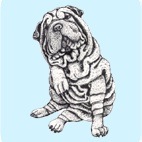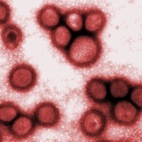Newsletter: Volume 4, Issue 1 January 2000
Greetings I hope everyone had a happy and safe holiday season and are ready to begin the new millennium with energy. I’m taking some time in this column to thank you, my Shar-Pei clients, for your continued support over the years. Many of you started with me at LaGrange Park in 1983 and many have just been with me over the last few weeks, but I want you to know that I value each and every one of you. And of course that applies equally to your Pei. This past year has been a tough one for many of you...




